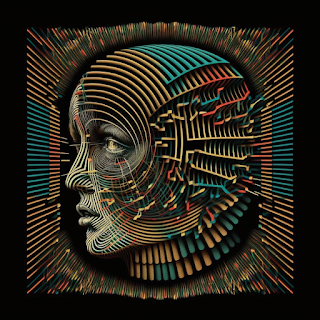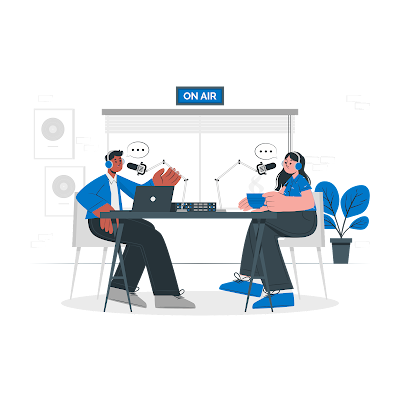ME: Write me a humorous ode to spring break as written by a faculty member
CHATGPT:Oh Spring Break, the time has come,
When students flee, and I am glum.
No more papers, no more tests,
Just sunny beaches, and endless rests.
While they're away, I'll grade their work,
And ponder why I became a clerk.
But don't you worry, I'll find joy,
In reading essays that I'll employ.
No more students to nag and nag,
No more questions that make me sag.
I'll get some peace, and some quiet too,
And maybe catch up on my to-do.
But let's be real, I'll miss those kids,
The ones who always keep me on my wits.
So here's a shoutout, to all my classes,
Have a great break, and don't forget your sun glasses!
And when you return, we'll get right back,
To learning, growing, and staying on track.
But for now, enjoy your time away,
And come back refreshed for a brand new day!













































